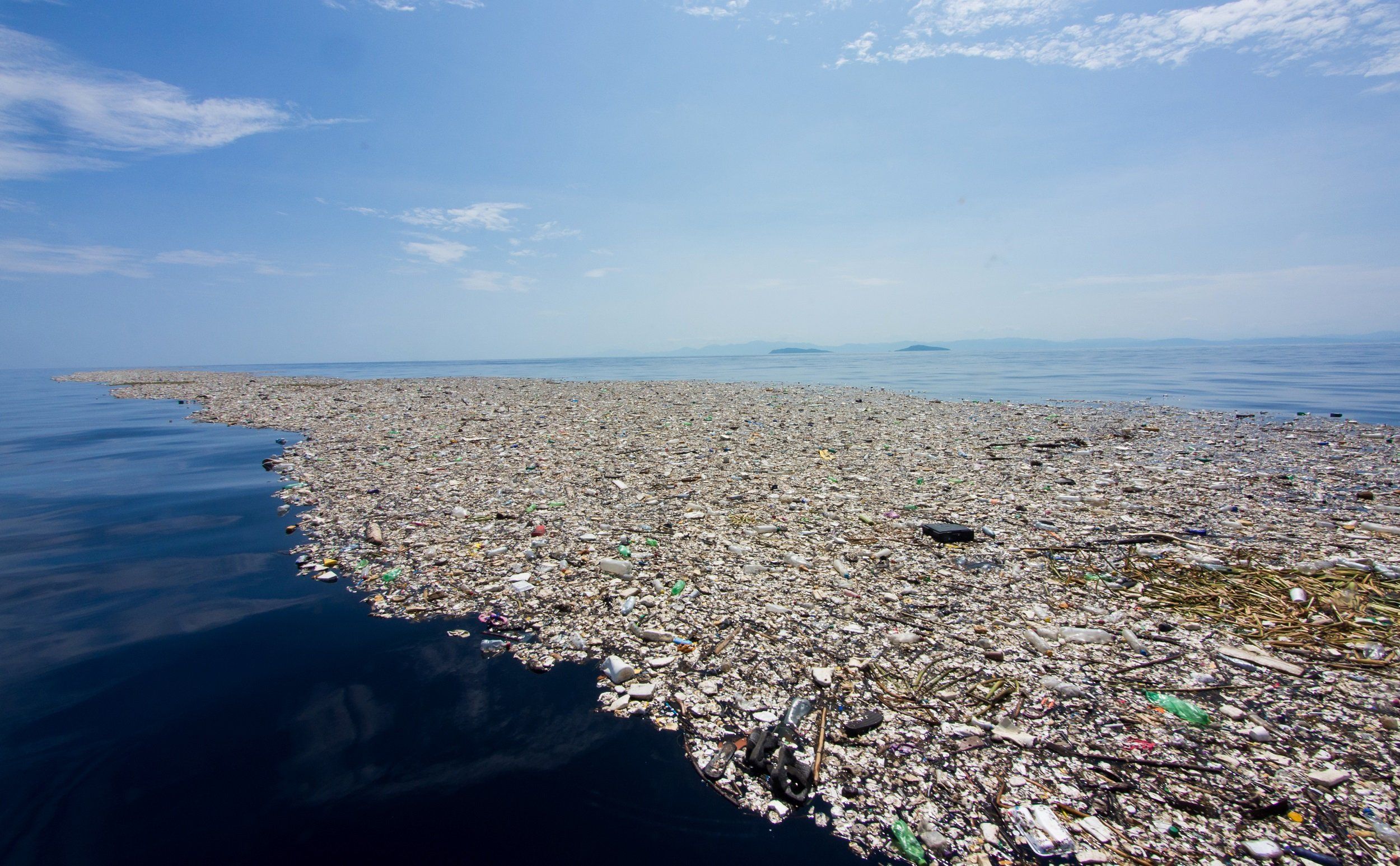
I’ve come to hold synchronicity in high regard. Coincidence is too light a word for the ways in which waves of information sometimes pass through human culture: signaling a simultaneous, penetrating and all-pervasive coming together of cause and effect that verges on clairvoyance.
Just last week, for instance, I was reading a NY Times article about the volume of trash floating in the ocean, particularly plastic: “More than five trillion pieces of plastic, collectively weighing nearly 269,000 tons, are floating in the world’s oceans, causing damage throughout the food chain, new research has found. Data collected by scientists from the US, France, Chile, Australia and New Zealand suggests a minimum of 5.25 trillion plastic particles in the oceans, most of them “micro plastics” measuring less than 5mm.”
It goes on: “The volume of plastic pieces, largely deriving from products such as food and drink packaging and clothing, was calculated from data taken from 24 expeditions over a six-year period to 2013. The research, published in the journal PLOS One, is the first study to look at plastics of all sizes in the world’s oceans.”
And then mere hours later, as if ordained by some force demanding my attention, my friend Cliff handed me a manuscript of the opening chapter of an unpublished book penned in 1979 by our late friend Kurt von Meier, which begins:
“The MIS’ DONA had a vast black hull and a soaring dark green tower above her superstructure. She had the bulk and form of a gigantic steel sea tortoise: one of the largest ships ever designed to sail the world’s oceans. The ship served as an Eco-Hulk, a mother platform for the oceanic operations of DINAMOS Multinational, an ongoing sea-skimming operation. Gobbling up masses of off-shore sewage, oil spills, floating styrofoam, throw-aways and the waste of contributing continents, the MIS’ DONA’s mission was much like that of a vulture, jackal or shark: as if impelled by some innate and ravenous hunger to collect and recycle (and thus to digest) the corruption of flotsam carried about by the surface currents of the seven seas.”
Von Meier’s unfinished tale presciently describes the unfortunate circumstances in which we now find ourselves, namely having poisoned our well by using the oceans as a garbage dump and finding ourselves needing to create new technology to clean up our mess. Unfortunately, the MIS’ DONA does not exist, and lacking a massive international effort, never will. In the meantime, our accumulated plastic trash is being ingested by sea creatures at all levels of the food chain, disrupting reproductive cycles and threatening extinctions of fish, mammals and sea birds.
I’m filling up my recycle bin with weekly plastic – bags, packaging, wrap, containers, and bottles – while the universe is sending me near-simultaneous messages through multiple channels about the dangers of discarded plastic. OK, I get the message.
So here’s my plan: I am going to focus on not buying anything wrapped, packaged or sold in disposable plastic. I have no idea how this will work out. I will have to explore the limits of other containers made of glass, paper and metal and foresee problems when it comes to buying yoghurt and cottage cheese. Admittedly, this may not be an idea of vast implications, but given our shameful oceanic mess perhaps a half-vast idea is good enough.
how did this work out, larry? can’t go to a hardware store these days with all the tools packaged in hard plastic….
It was virtually impossible to avoid plastic, and regretfully, I had to give up and give in.